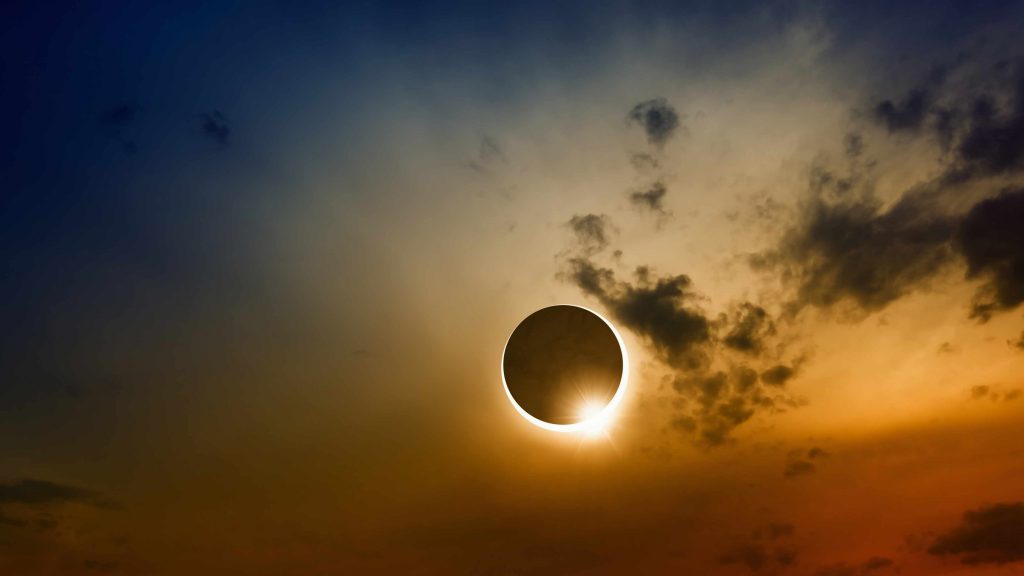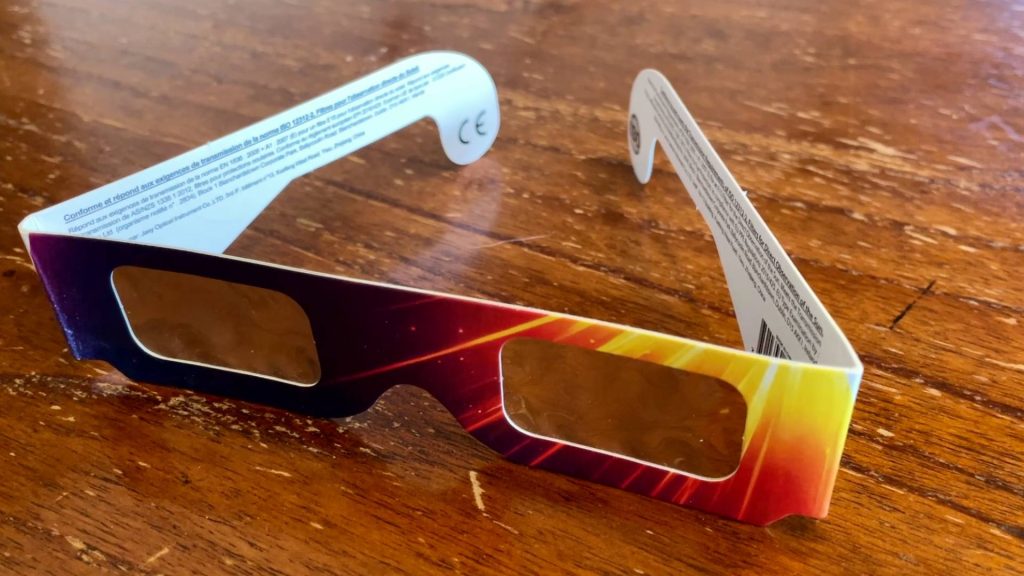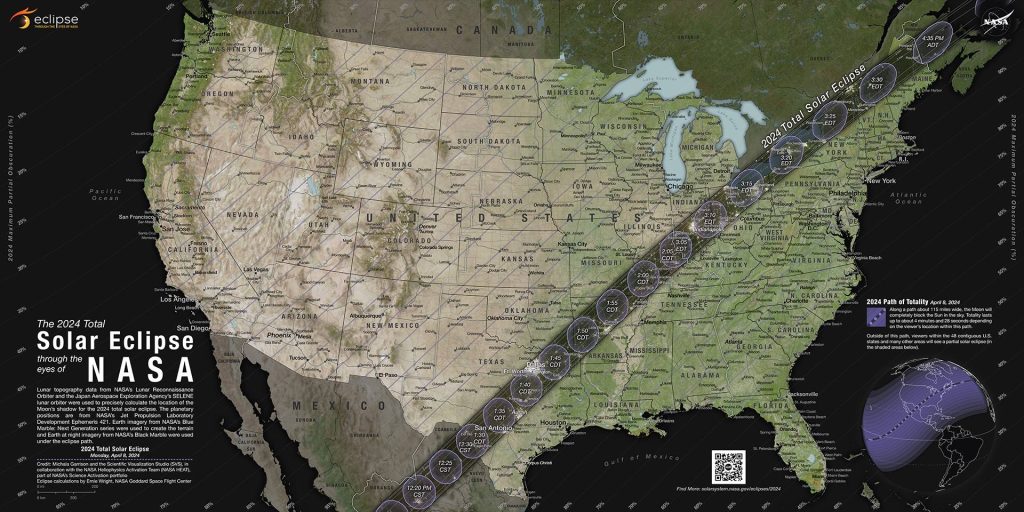[ad_1]

On April 8, North America will expertise a total solar eclipse, stretching throughout elements of Mexico, the U.S. and Canada, with roughly 31.6 million individuals residing in the path of totality. According to NASA, each contiguous state in the U.S., together with elements of Alaska and Hawaii, will witness no less than a partial solar eclipse.
With all eyes towards the sky throughout an eclipse, Dr. Dawn Davis, a dermatologist at Mayo Clinic, says it is necessary to defend your eyes and your pores and skin from ultraviolet (UV) gentle harm. You’ll want eye safety with special-purpose solar filters for viewing, and you must take precautions to safeguard your pores and skin from the solar’s rays throughout lengthy intervals outdoors.
And when it comes to safety, she says sunscreen is for the pores and skin solely – by no means for the eye itself.
Journalists: Broadcast-quality video (1:02) is in the downloads at the finish of this put up. Please courtesy: “Mayo Clinic News Network.” Read the script.
A total solar eclipse is when the moon utterly blocks the solar, briefly darkening the sky. Looking immediately at the solar may cause harm to the retina due to the robust quantity of UV gentle.
“If you would like to see the solar eclipse, you will need to have special solar eclipse glasses,” says Dr. Davis.

While it is essential to defend your eyes with ISO-approved solar eclipse glasses, Dr. Davis cautions individuals by no means to put sunscreen immediately on their eyes.
“You cannot put sunscreen on your eyeballs, sunscreen is only for the skin,” she says.
Lotion utilized to the eyes may cause chemical irritation and probably harm.
“While we’re spending time making sure that we protect our eyes during the solar eclipse, which is extremely important, it’s important to remember that your skin is also vulnerable to the UV light,” says Dr. Davis.
Along with the correct eyewear, think about carrying a broad-brimmed hat and utilizing sunscreen with SPF 50. “I would reapply every two hours at minimum. And if you happen to sweat or get wet, I would reapply immediately,” Dr. Davis says.
Tips for safely viewing the total solar eclipse
Along with carrying particular glasses, there are extra methods to keep secure throughout a solar eclipse.
- Wear sunscreen with a high SPF and broad-spectrum safety. Reapply it each two hours, or extra usually should you sweat or get moist.
- Wear a hat that covers your head, face, ears and neck. A large-brimmed hat is right, as it will possibly additionally protect your eyes from the solar.
- Wear protecting clothes that covers your legs and arms. Choose light-colored, loose-fitting and breathable materials that may hold you cool and cozy.
- Seek shade at any time when attainable, particularly throughout the peak hours of the solar’s depth (between 10 a.m. and 4 p.m.).
- Drink loads of water to keep hydrated, and keep away from warmth exhaustion or heatstroke
View the path of the total solar eclipse courtesy: NASA’s Scientific Visualization Studio

Visit the American Astronomical Society for an inventory of respected distributors of accepted security eclipse glasses.
Learn about pinhole and optical projection for different secure viewing choices.
[ad_2]